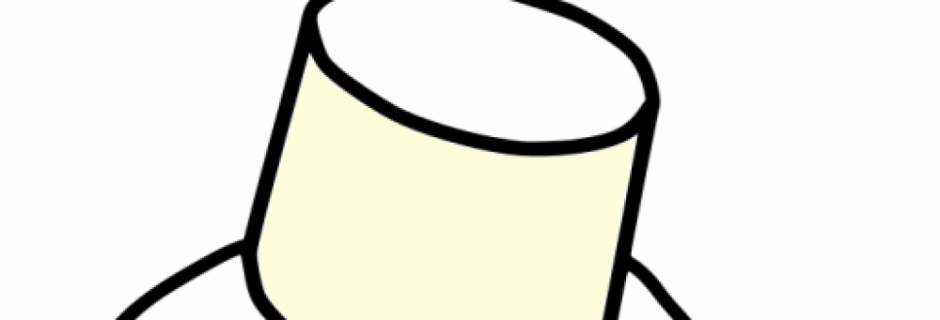This is an experimental investigation of map and territory.
Map and territory is a relationship where the map represents the territory.. The map is not the territory, that we know.
Scribbling on the map does not change the territory

I am in my house, sitting at a table with a picture of planet earth. There’s a relationship between the picture and myself because technically I am in that picture map. But also I am looking at that picture and I recognise it as a map of the territory that I live in. There’s a boundary between me and the map.

Now I have a map of the land mass of Australia. I am both in a territory represented by the map, and this map describes me (weakly).
Now I have a map of my city. There’s again the same relationship. Two ways. I am in my city, but also my city map is separate from me because it sits on my table in front of me.
now I have a map (floorplan) of my house.
I am looking at a piece of paper, the map is external to the territory of me walking around my house.

Now I have a 3d model of my house. It includes the table I’m standing in front of, and a mini version of all my maps on the table, and a 3d house model.
there’s a boundary where I am looking at the map and not in the map.
but I’ve also got a little figurine of myself in my 3d model. My figurine appears to be looking at the mini 3d model of the house that’s resting on his table. There’s a boundary here. A relationship between me and the model.
where I am looking at an external model of myself looking at an external model of myself.
But now I am here. In my head. With an internal map of myself, standing here, looking at myself in the wholeness of my being, and I ask,
“where is the boundary between myself and the map?”
Now might be a good time to pause or reflect on the exercise before reading on. Obviously I can’t make you do that but I considered ending the whole article here for that effect.
Some Discussion
Friend: would it be that you is what remains when you turn away from the map. If it’s in your mind, then you remain when you stop thinking of the map?
Me: “what is the “you” that remains when “you” stop thinking of the map?
Friend: If we define identity the way I think you’re pointing at, then the you constantly changes. So, sure, that “you” is no longer there when you turn away from the map.
Me: Yes. From that place, repeating the exercise, the new map now includes that information “the ‘you’ always changes“. And I can ask the same question. “what is the you that remains separate from the map?”
Existing map-less is very hard. The human brain really likes to put maps around things. I will be thinking, “I am map-less” and then realise that “thinking, ‘I am map-less'” is a map too. There is a realisation that there is only one real territory (that we live in), and it’s very hard to exist in the territory and not the map. And a further realisation that, for everyone else who exists in their maps and not “in the territory” they are also just genuinely existing in the territory too because maps are in the territory too.
From that place can come an acceptance of anyone and anything as they are. Being as their being is, bringing what they bring. Because that’s (from my perspective, from the outside that person) the territory.
I feel like this exercise has the opportunity to generate weird feelings. Sometimes confusion, sometimes fear or dizzy or any number of other experiences. That’s the point. The purpose is to then enable the experimenter to explore the feelings that have come up. What does that mean for the nature of reality that I live in. What’s the dizzy trying to help explain to me? I wonder what is going on.
Special mention of the book No Boundary by Ken Wilbur of Integral Theory



